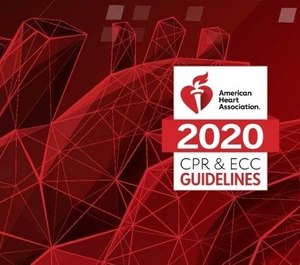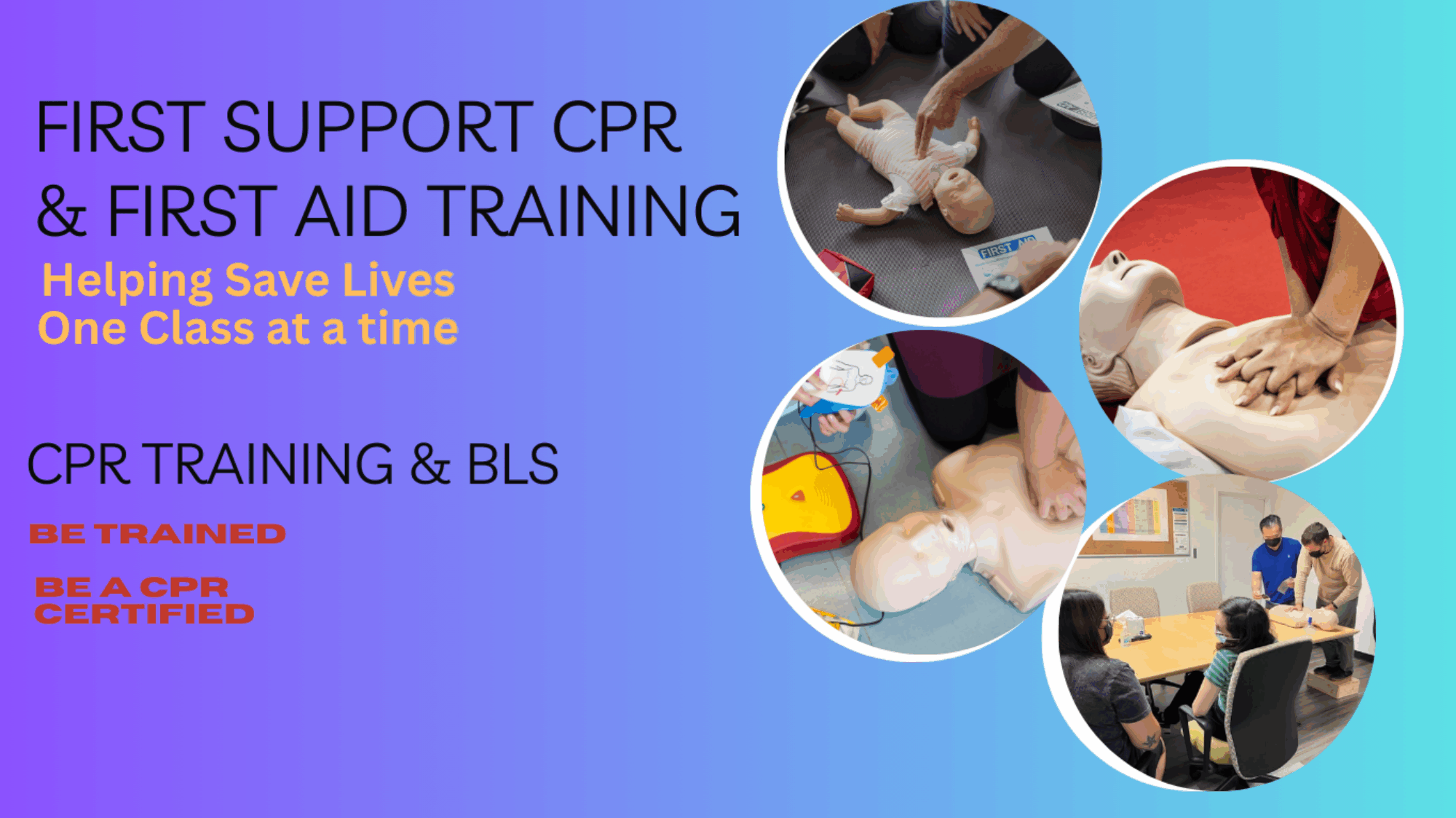The American Heart Association’s 2020 guidelines add a sixth link to the cardiac arrest chain of survival and offer new strategies for increasing rates of lay person CPR
The American Heart Association’s regular revisions to its CPR and emergency cardiovascular care guidelines have included changes to epinephrine, therapeutic hypothermia, and compression-to-ventilation ratios over the years. Learn more about the AHA Guidelines for CPR and ECC 2020 updates with:
- 2020 AHA CPR and ECC guidelines: A quick start-guide for EMS: Greg Friese, MS, NRP, offers 4 tips for understanding the changes and implementing the guidelines
- AHA Guidelines 2020: An EMS overview: Kenny Navarro explains what the recommendations mean for EMS treatment of adult and pediatric cardiac arrest related to epinephrine, compression depth and rate, intraosseous access and double sequential defibrillation
- 5 steps to delivering high-quality CPR: Michael Fraley, BS, BA, NRP, notes the 2020 guidelines continue to emphasize high-quality CPR
DALLAS — The American Heart Association (AHA) has released updated CPR guidelines for 2020, which address the management of opioid-related cardiac arrest, the use of digital technology in facilitating cardiac arrest response, social disparities in rates of bystander CPR and post-hospital recovery as part of the cardiac arrest chain of survival.
The new guidelines were published Wednesday in the association’s Circulation journal and outline a total of 491 recommendations for first responders and lay rescuers. In a press release, the AHA highlighted new suggestions for raising awareness of the importance of bystander CPR.

The AHA recommends encouraging lay person CPR by underscoring that the risk of causing harm to the patient during CPR is low, and by focusing efforts on socioeconomic, racial and ethnic populations that have historically seen lower rates of bystander CPR. The AHA also stated that CPR training should address gender-related barriers in order to improve bystander CPR rates for women.
The use of mobile technology by emergency dispatch systems to alert trained bystanders to cardiac arrests near them can also increase the rates of bystander CPR and AED use, according to the AHA. The association also released a digital resuscitation portfolio, a new online program for continuously improving CPR training programs, developed in collaboration with Area9 Lyceum and RQI Partners.
“In this time of physical distancing, resuscitation education and training delivery must evolve,” said RQI Partners CEO Clive Patrickson, Ph.D., in a statement. “The American Heart Association digital resuscitation portfolio uniquely and efficiently delivers effective CPR quality improvement and leads healthcare organizations on an immediate journey to high-quality and verified CPR competence to maximize lifesaving outcomes.”
Other changes to CPR guidelines include two new opioid-associated emergency algorithms for first responders and lay rescuers to respond to cardiac arrests caused by overdoses, and new data on pediatric CPR and resuscitation of pregnant patients. The association has also added a sixth link to its cardiac arrest chain of survival addressing the need for continued treatment, monitoring and rehabilitation for survivors after they leave the hospital.
“The 2020 Guidelines represent a synthesis of important science that guides how resuscitation is provided for critically ill patients,” stated Raina Merchant, M.D., M.S.H.P., FAHA, chair of the American Heart Association Emergency Cardiovascular Care Committee and associate professor of emergency medicine at the University of Pennsylvania. “As the science evolves over time, it’s important that we review it and make recommendations about how providers can deliver high-quality care that reflects the most updated and state-of-the-art information.”
The AHA’s CPR guidelines are typically updated every five years and have transitioned to a new online format for continuous evidence evaluation since they were last updated in 2015. The full updated guidelines are available online in the Circulation journal with additional resources available on the AHA website.
For an introduction to the 2020 updates watch this video.
